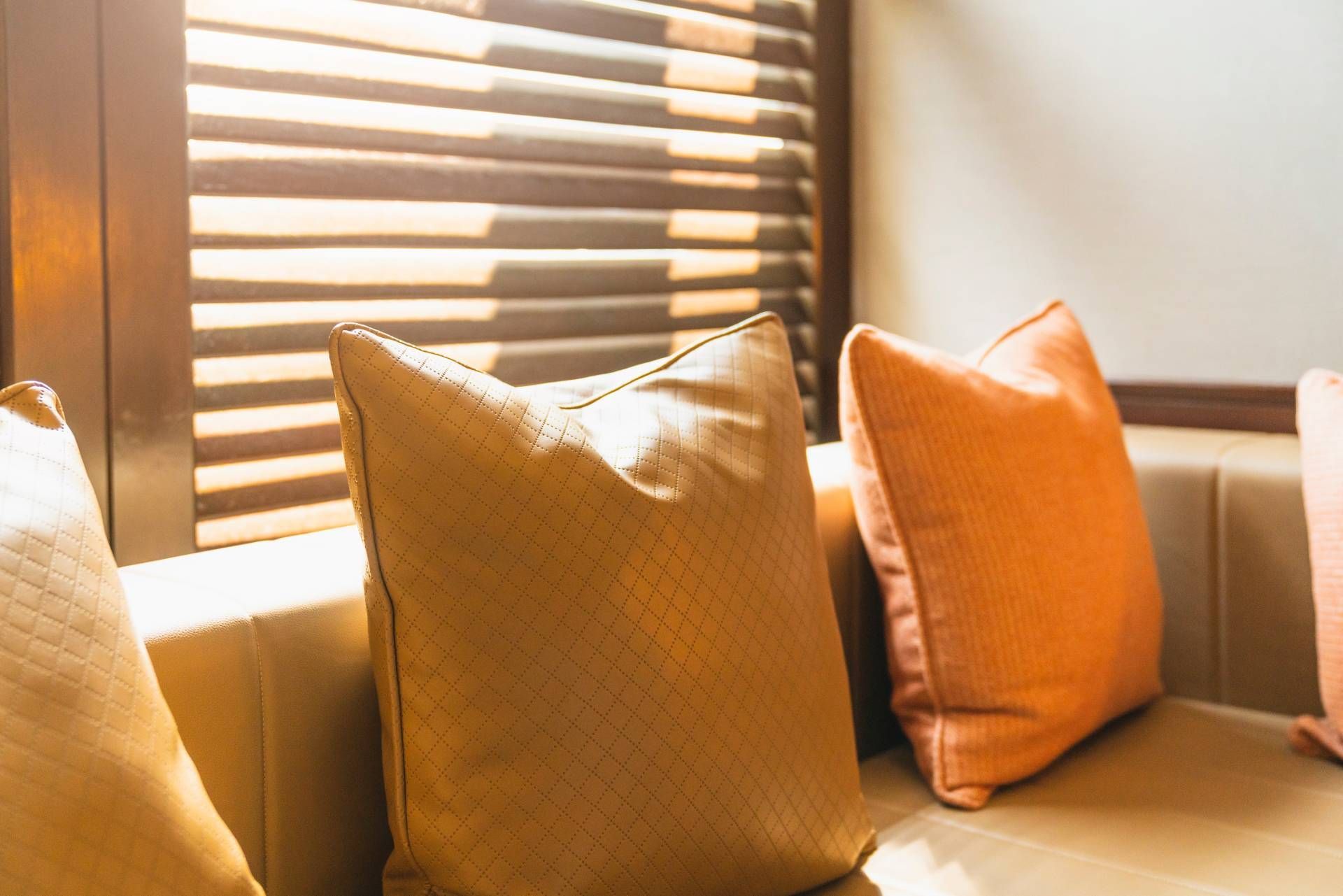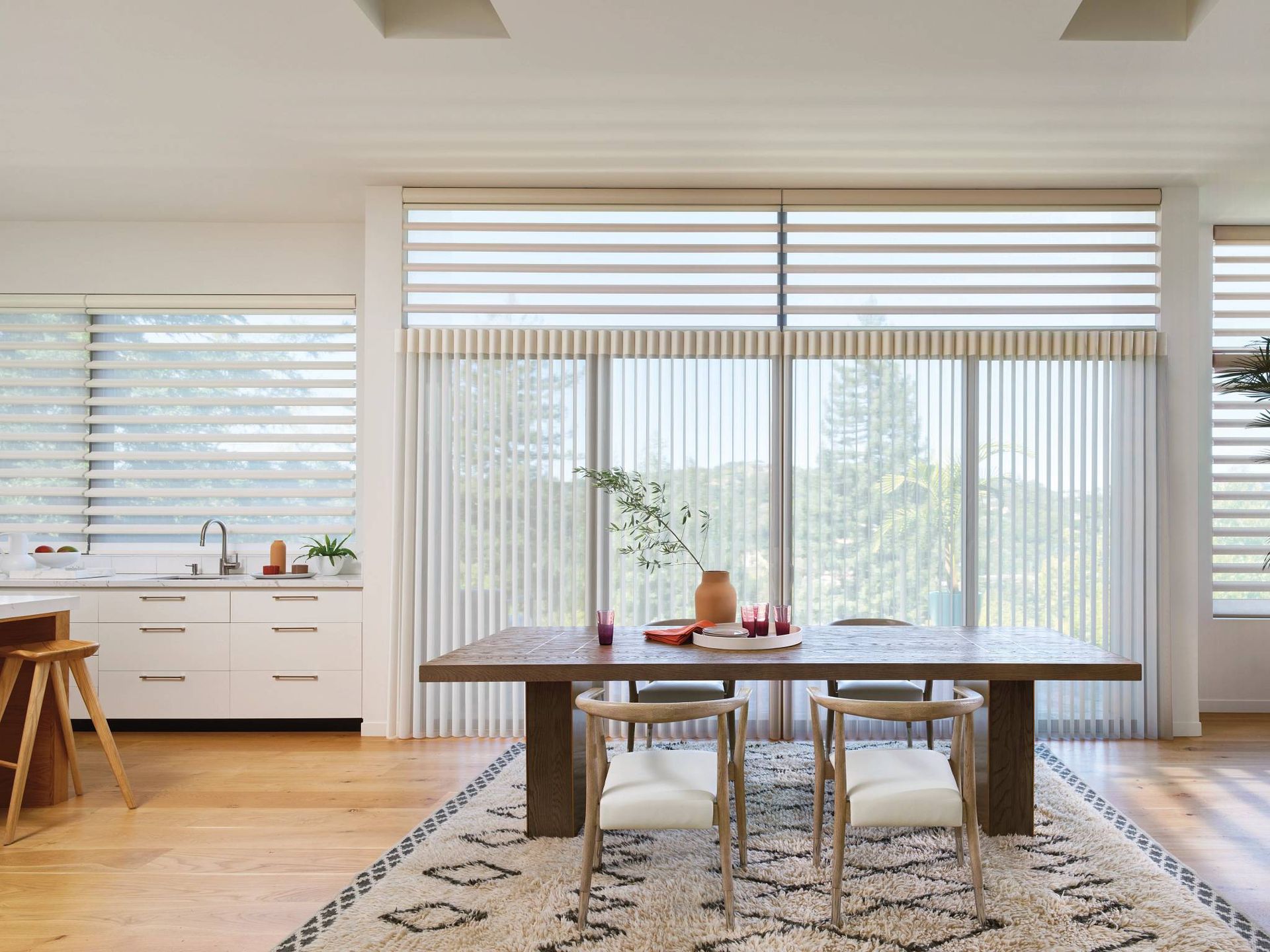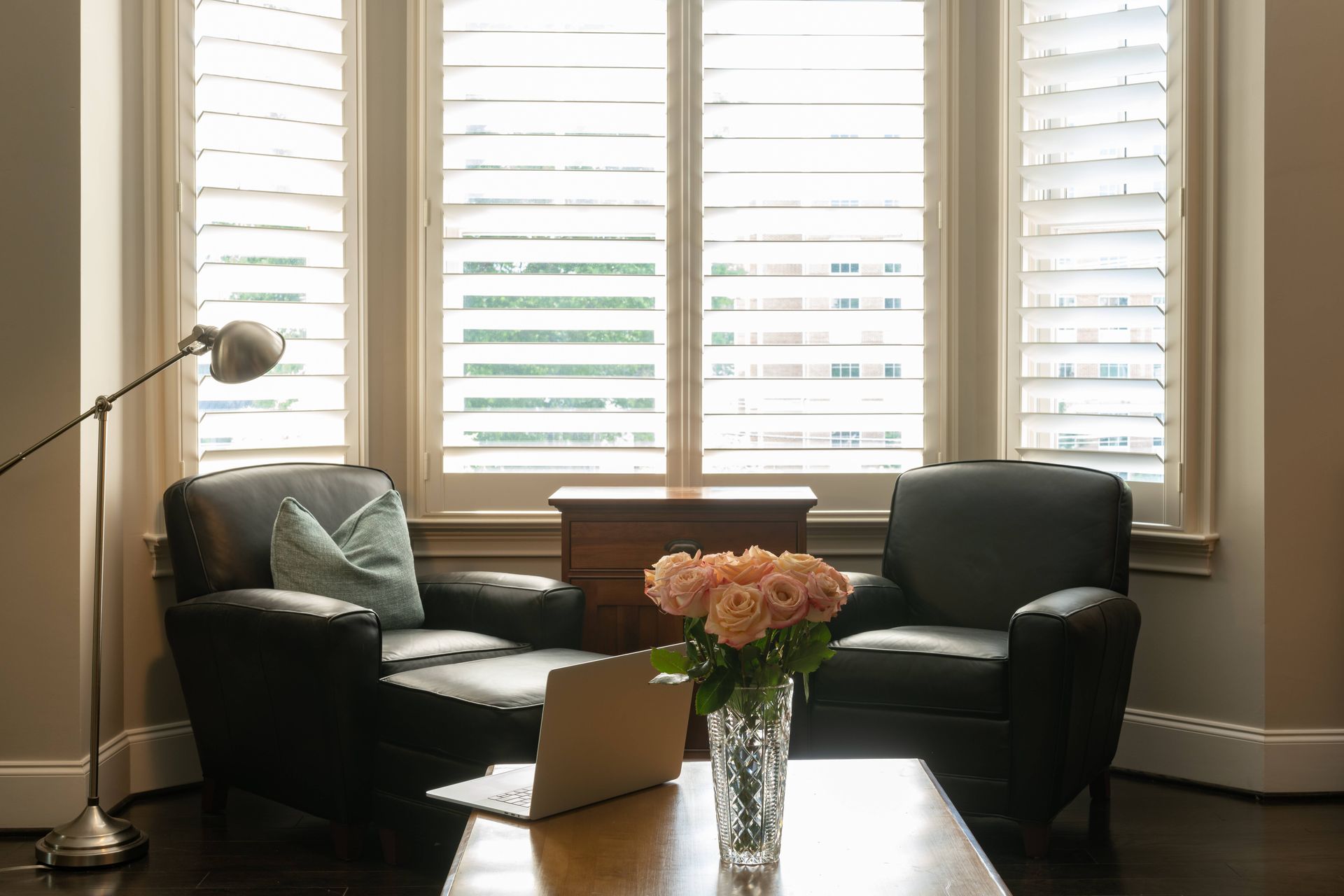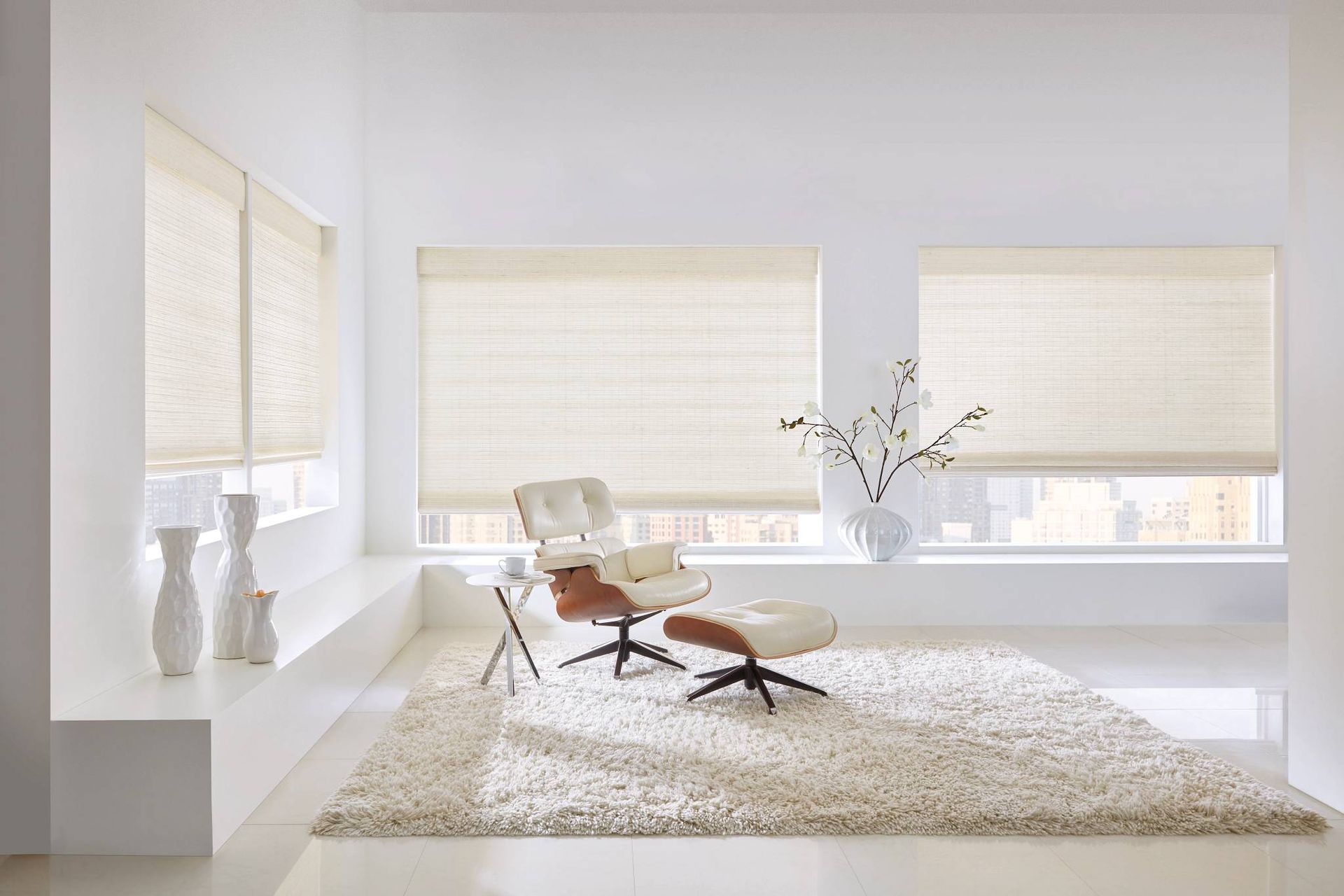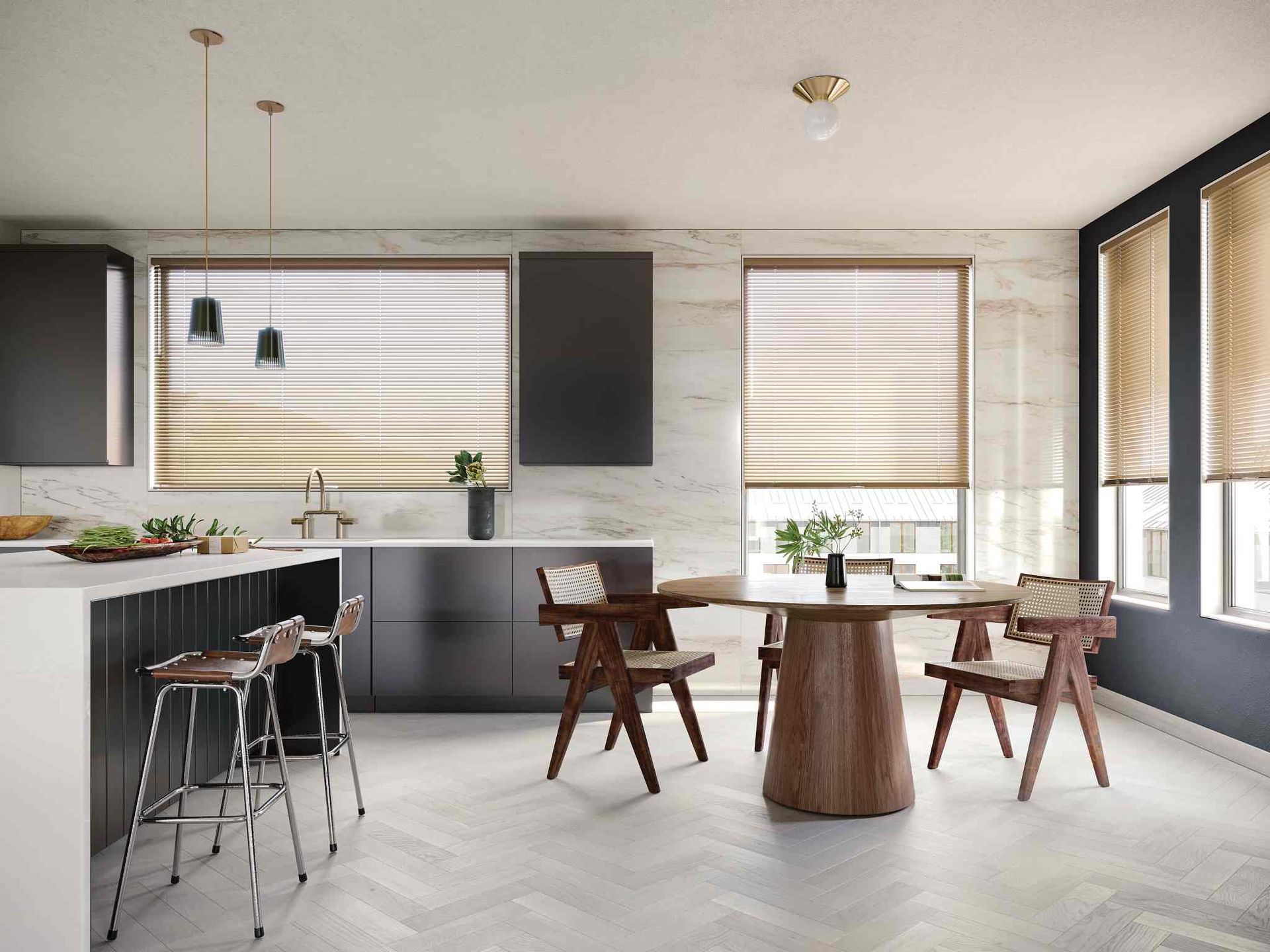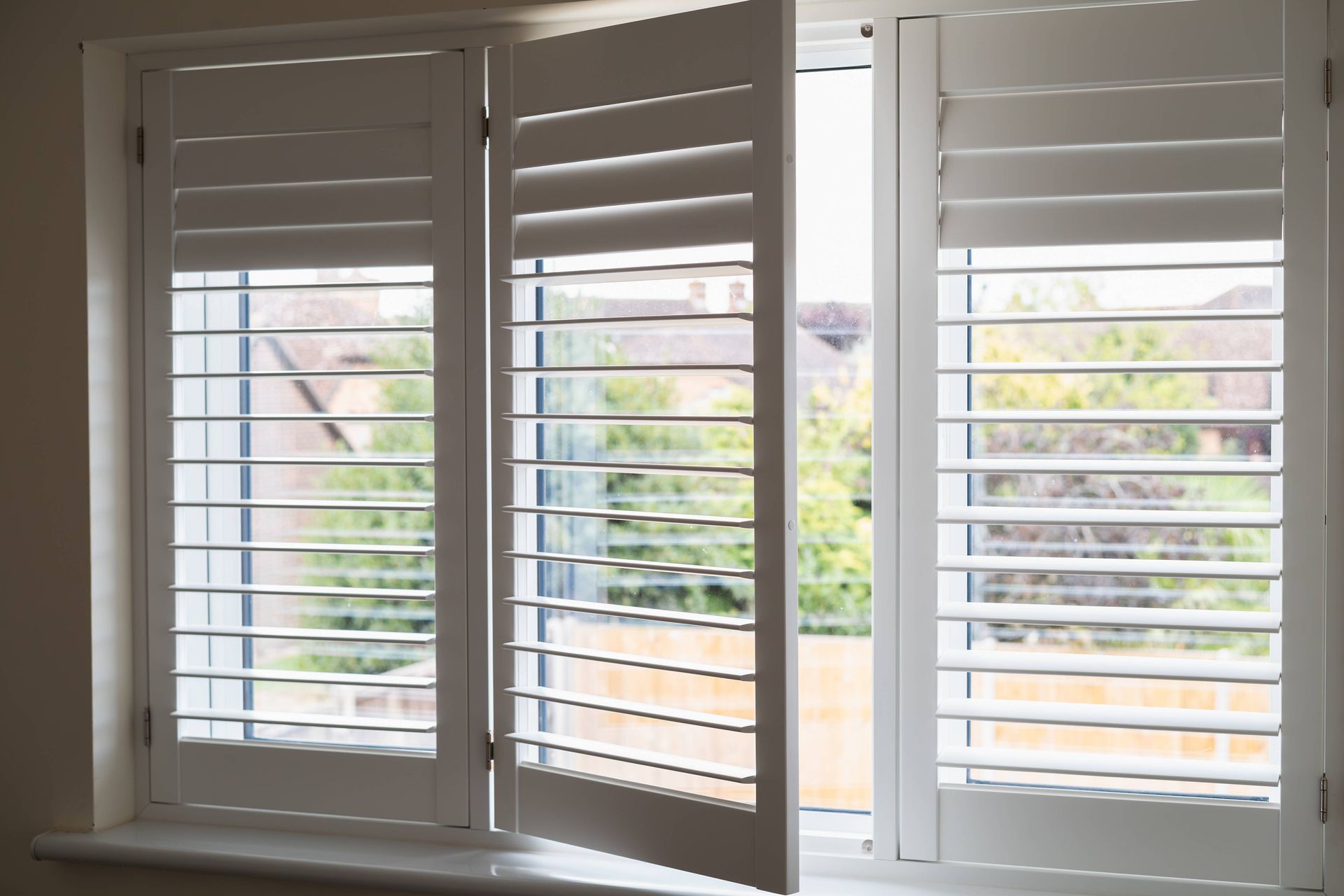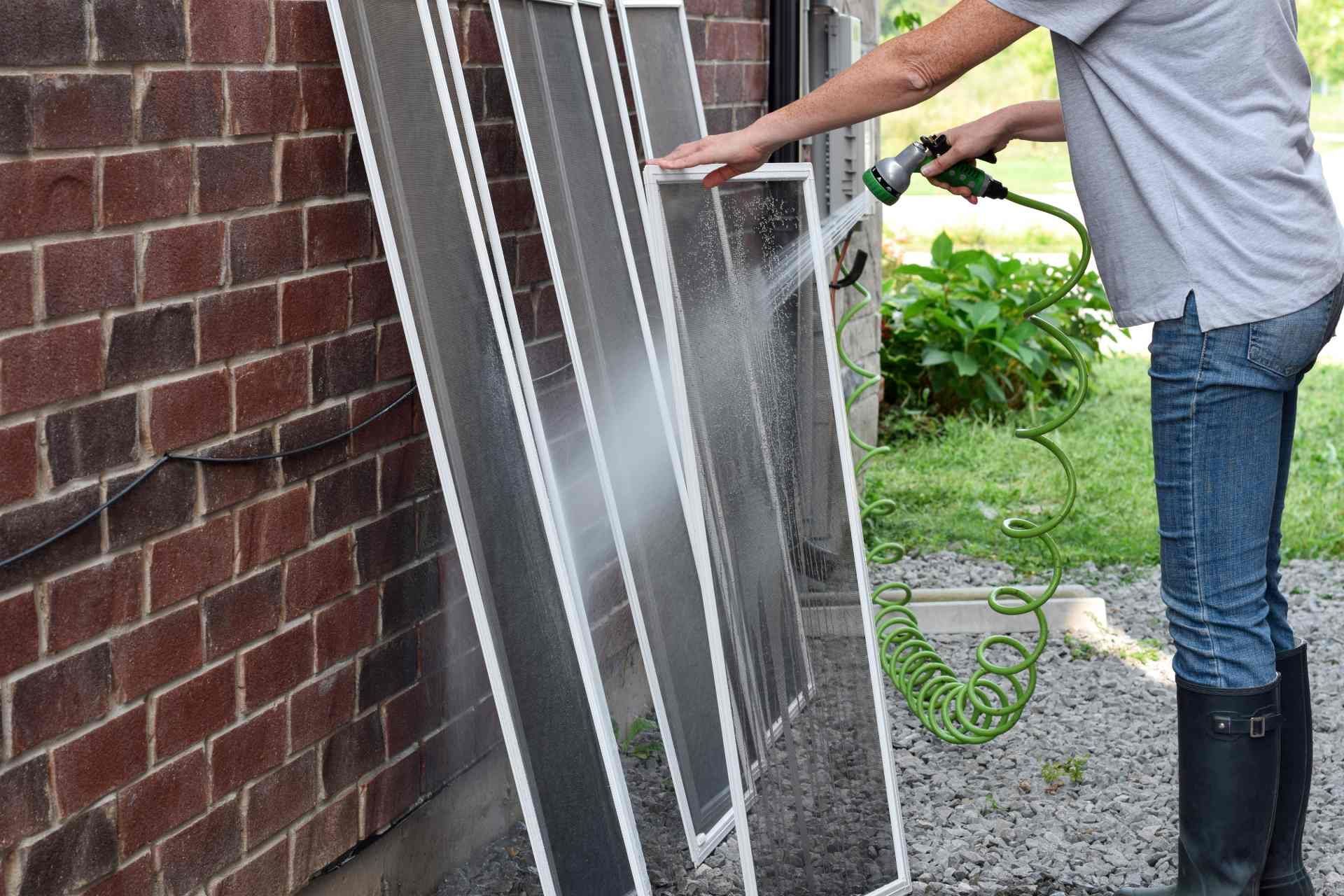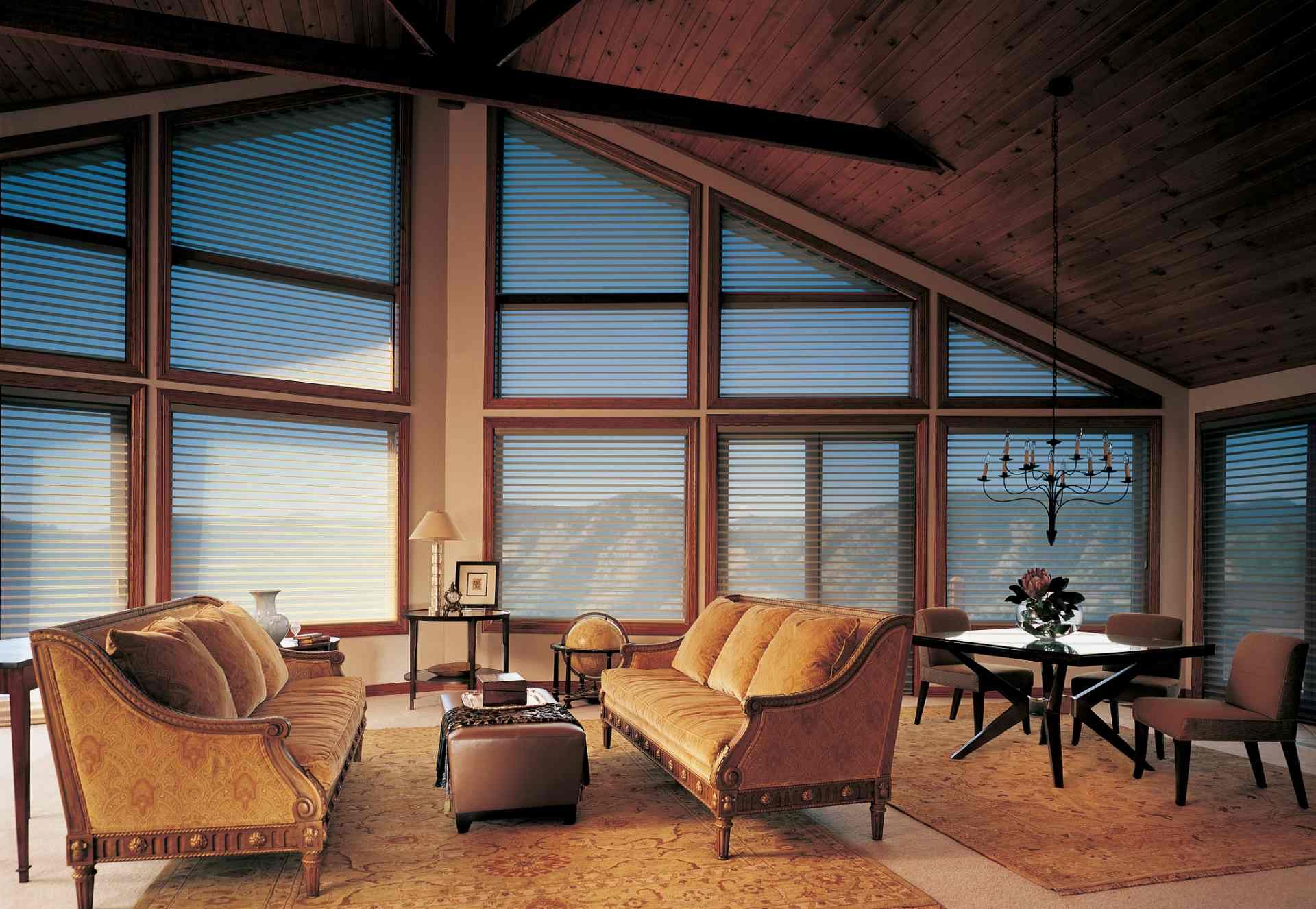Think Like A Designer: How to Choose Drapery
Window curtains can turn a drab space into an interior designer’s haven in no time. But when it comes to drapery , it’s easy to get lost in the vast choices available. Before heading to the store for a prefabricated product that may or may not fit, consider instead how custom curtains could transform your space just in all the right ways.
At Custom Wood Shutters & Blinds, we specialize in Hunter Douglas drapery window treatments that will make your home look fresh from the pages of a home magazine. We’ll break down some of the top features to consider to help you make the best choices for your home.
Selecting Drapery Fabric
One of the most fundamental choices is the fabric—and material truly matters. Blackout curtains with thick, layered fabrics completely envelop bedrooms in darkness, and delicate sheers let in an extraordinary amount of natural light while filtering harsh glare. Think about which room you’re updating and your desired amount of natural light. Other things to consider include:
Curtain length
Hover curtains sit just above the floor, while puddle curtains pool down and then some. Longer curtains hung closer to the ceiling create the illusion of height, but they’re better suited for bedrooms, living rooms, and dining rooms. Shorter curtains in kitchens and bathrooms help make cleanup easier.
Drapery color/pattern
Your curtain color/pattern should complement your space well—it’s all about the aesthetic. Dramatic colors make your window treatments the focal point, while muted or neutral tones let other decor pieces stand out more.
Curtain Durability
Your curtains should be durable enough to last, but this may be room and home-dependent. For instance, stain resistance allows your window treatments to withstand kids, pets, and high-traffic areas. UV-resistant fabrics help ensure bold colors won’t fade in rooms overpowered by the sun each afternoon.
Drapery Pleats for Beginners
Outside traditional rod-pocket curtains, your drapes can take on different designer looks. This is achieved through the type of pleat near the top. Here are some of the most common drapery styles:
- Pinch pleat curtains have elegant fan-like detailing.
- Box-pleat curtains lend a more tailored look with flat, crisp pleats at the top that create deeper folds down the panel.
- Pencil-pleat drapes feature thinner, single pleats that offer a more casual look.
- Goblet-pleat drapes have folds with wider, open tops that share the same silhouette as a champagne glass.
If you’re looking for a way to show off more of the rod’s intricate detailing and hardware, you can opt for grommet curtains or tab curtains with wider loops. Conversely, a cornice or valance will hide your hardware altogether.
Layer Your Window Treatments
Coordinating drapes and shades makes it easier to gain the ideal amount of light and privacy. You can pair virtually any set of drapes with roller shades or window blinds . Not only does the visual appeal create more opportunities to bring out some subtler architectural details in the space, but the multi-dimensional design also helps your room become more energy efficient.
Treat Your Home to Hunter Douglas Custom Drapes
Family-owned and operated, Custom Wood Shutters & Blinds is your local resource for custom window treatments across Orange County. We serve clients in Tustin, Rancho Mission Viejo, Anaheim Hills, Irvine, Yorba Linda, and Corona del Mar, CA. Contact us to schedule a consultation for Hunter Douglas custom drapes today.
The post Think Like A Designer: How to Choose Drapery appeared first on Custom Wood Shutters and Blinds.


